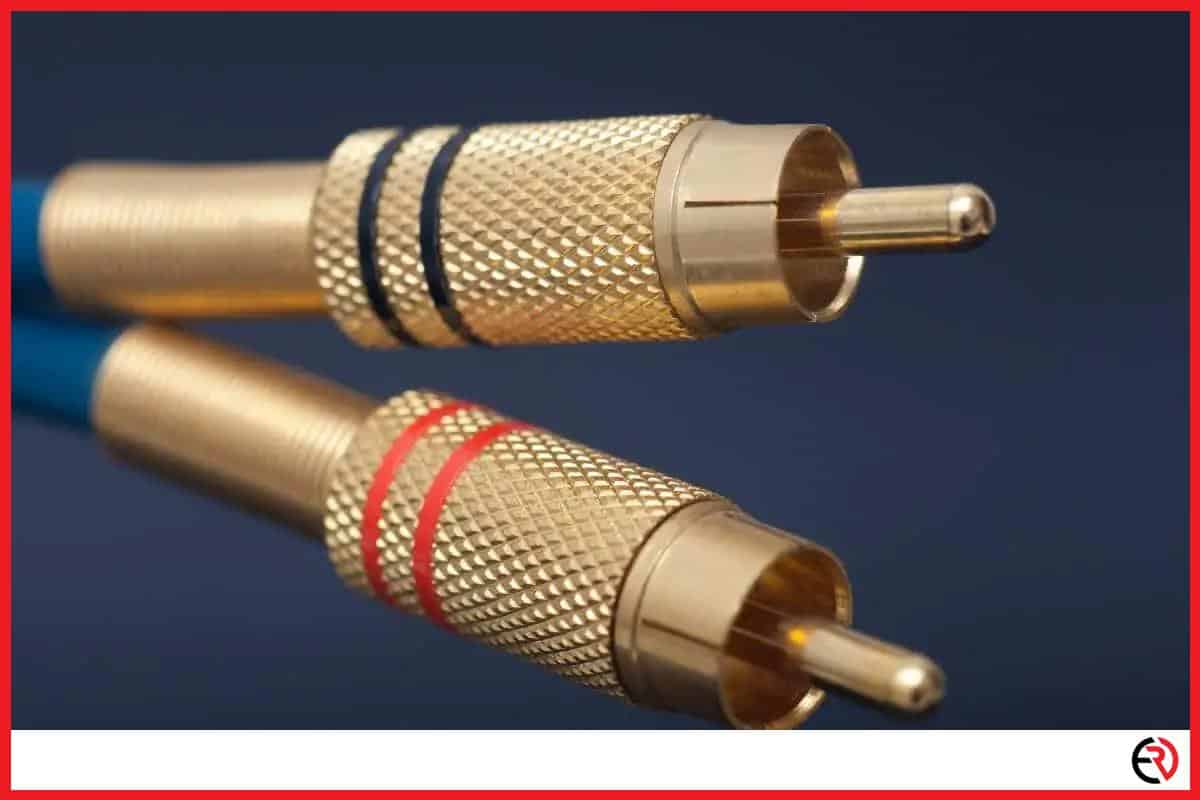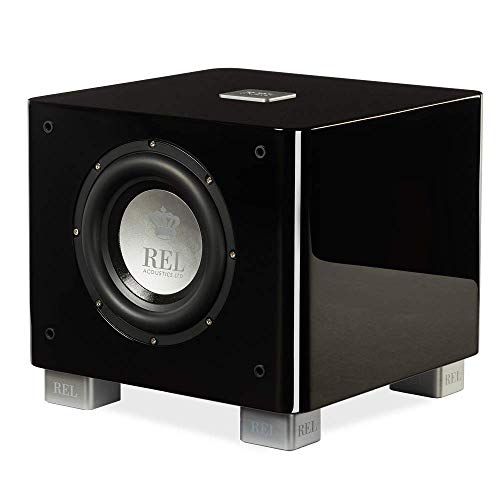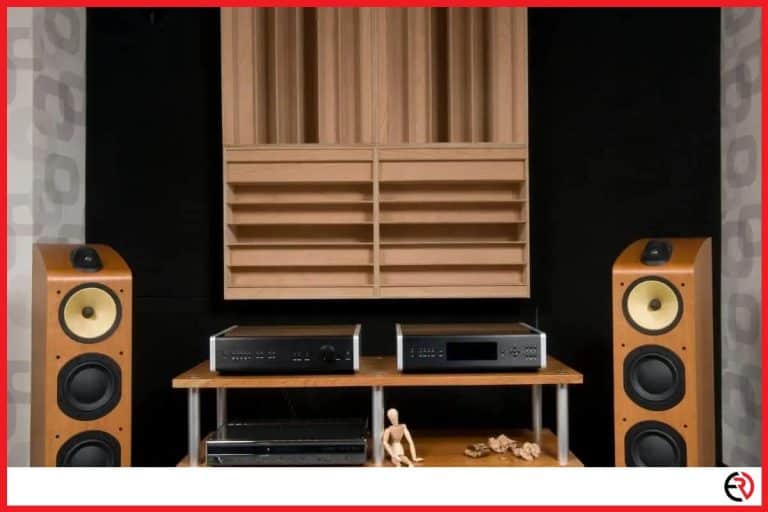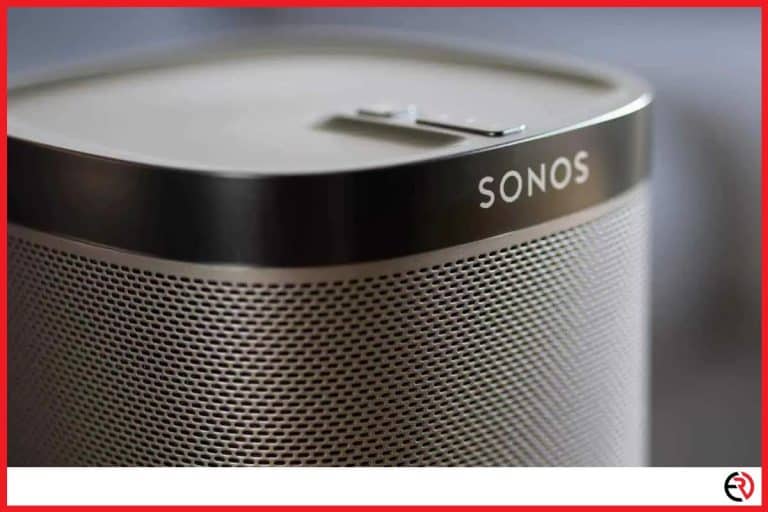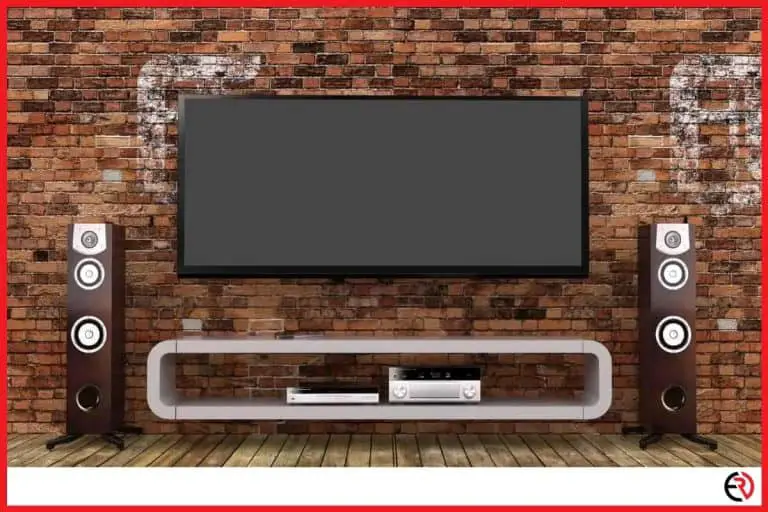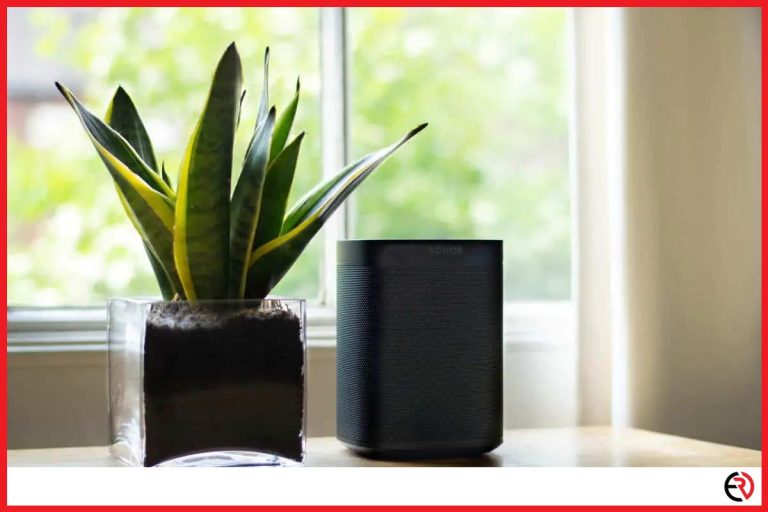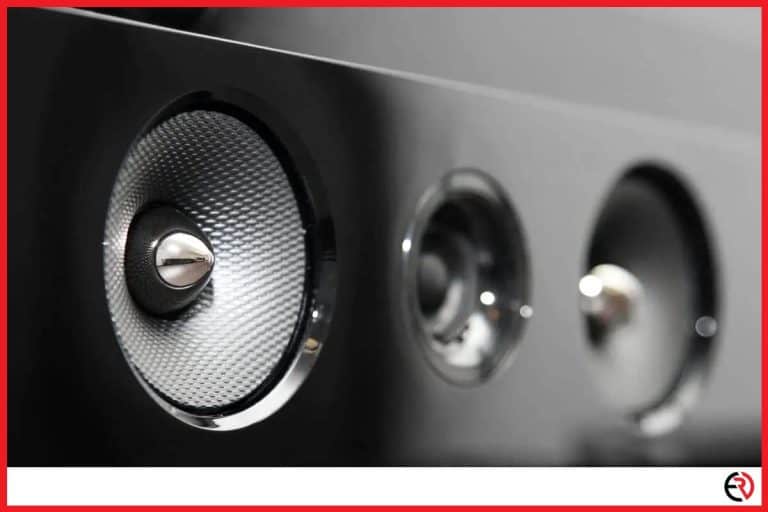Do Subwoofer Cables Make a Difference? (Save Your Money)
This post may contain affiliate links which means that, if you choose to make a purchase, I may earn a small commission at no extra cost to you.
Whether you’re installing a home theater system or an audiophile speaker system for your turntable, you need a subwoofer for those low frequencies. When I started out I remember how overwhelmed I was with so many connections and cables. Things haven’t improved since expensive cables have become the norm and people often ask me if they need a special subwoofer cable.
No, subwoofer cables make no objective difference in sound quality. While expensive subwoofer cables can provide better shielding and build quality, they can’t improve the sound. On the other hand, if you buy subwoofer cables with balanced termination it can help reduce noise picked up on the way.
To get a better understanding of subwoofer cables we need to dive deeper.
Stay away from Snake Oil
If you’re a newbie in the world of high-end AV products, you’ll come across several forums, articles, and videos where audiophiles claim that expensive high-end subwoofer cables make a massive difference to sound quality. Let me be as clear as possible. It doesn’t. There’s no objective difference between a regular subwoofer cable and a super-expensive one.
There has been no scientific evidence that suggests you need an extremely expensive subwoofer cable. It has been debunked numerous times. However, a certain fraction of very vocal audiophiles high up their horses still believes in it, invest it and inspire others to do the same.
A subwoofer cable is nothing more than an RCA cable with extra shielding. They are simply made with more durable technology and the extra shielding reduces extra audio hum. They simply eliminate the buzzing noise coming from poor connections in the system. You won’t see any noticeable difference between a cheap subwoofer cable and an incredibly expensive one. The audiophile community has a lot of snake oil when it comes to cables. Stay away from them.
Does that mean I should buy the cheapest subwoofer cable or RCA cable?
No, you shouldn’t buy the cheapest subwoofer or RCA cable out there. However, you don’t need to spend more than $10 on a subwoofer or RCA cable that’s around 10 feet long. RCA or subwoofer cables from decent manufacturers have plenty of shielding and are durable enough to last you for years.
Different types of subwoofer cables
If you’re a beginner in high-end AV products, you may be confused about the different connectors behind your subwoofer. While you may be familiar with the regular red and white RCA connectors, the other ports may not look familiar. These different ports require different cables and that adds another layer of confusion. Let’s clear that up and check out different types of subwoofer connections:
Low-Level connection
Low-level input is very common in most subwoofers and the same output is very common in most receivers and surround sound audio systems with multiple channels. Some receivers even have a dedicated sub out for the low-level channels. These are often marked as LFE or Low-Frequency Effects. A low-level connection is essentially a signal that operates below 2 volts.
LFE came into existence when digital soundtracks with a dedicated .1 channel became a thing. This discrete channel carries low-frequency effects added to movies. On the other hand, if you’re planning to use the subwoofer in a 2.1 system for music, there’s no dedicated LFE channel. In this case, the DAC uses bass management to identify and send some of the low-end frequencies to the subwoofer via the low-level connection.
There are mainly two types of cables you’ll use for low-level connections. An RCA to RCA cable or a balanced XLR cable.
1. RCA cable – RCA cables have been in existence for over half a century. Using RCA cables is a tried and tested method for transmitting a low-level signal for decades. It’s simple, easy, and works for short cable runs. With enough shielding, this cable is good enough for 25 feet runs.
2. Balanced Connection – Balanced XLR cables also allow transmission of a low-level signal and have been the norm among audiophiles and the music-making industry. A balanced XLr connection is far more secure than an RCA connection and the method of signal transmission is more robust.
A balanced cable allows transmission of two much stronger signals with one of them being out of phase. This allows the elimination of all noise and hum carried along the way. Using a balanced connection also delivers more power and can drive more power-hungry subwoofers easily. They are used for longer cable runs up to 200 feet and are usually more expensive than regular RCA cables.
When you search for subwoofer cables in the market, you’ll usually come across these two types of cables with RCA cables being more common. If your receiver or amplifier is too far from the subwoofer and accepts both types of inputs, it’s best to connect them with a balanced cable. However, if the subwoofer sits close to the amplifier or receiver, a decent RCA cable should do a fine job.
High-Level Connection
You can also connect the subwoofer via a high-level connection if your subwoofer and other components have the ports. High-level connections take the full range speaker signal, typically from the left and right speakers. The cable reads the signal and the subwoofer reproduces the bass frequencies present in that signal.
You’ll only see high-level connectors on subwoofers designed for stereo systems. They are made for music. They play no role in surround sound systems and home theater systems. As mentioned above, a high-level connection has the speakers and subwoofer using the same signal. This means that low and mid frequencies don’t suffer from phase issues and the sound signature of your amplifier is preserved with the subwoofer.
The difference is highly noticeable when you move from a solid-state amplifier to a tube amplifier. I love how a high-level connection preserves the slightly warm sound signature of my tube amp. The subwoofer perfectly blends in with the main speakers and all the elements of my system are carried over.
You’ll find two types of high-level connectors at the back of your subwoofer. Regular budget subwoofers use high-level connectors that look similar to the speaker wire terminals on your main speakers or at the back of your amplifier. They are clearly marked “high level” so that you don’t get confused.
On the other hand, certain high-end subwoofers like those from REL Acoustics use a Neutrik Speakon Connector. At the very latest, they are more convenient since on the subwoofer end you can simply plug and twist one connector instead of multiple wires. These cables ship with your expensive REL subwoofer so that you don’t have to spend extra money.
Best of both worlds
So low-level connections and cables are mostly for connecting subwoofers to receivers for the best movie experience and high-level connections are great for music with your fancy tube amps. Does that mean you need to sacrifice or choose one? No, I certainly don’t.
When you buy a subwoofer make sure that it has both low-level and high-level inputs. When you’re watching movies, you can hook up the subwoofer to the receiver and when you’re listening to music you can hook it up to your amp. You can also buy a subwoofer that accepts both connections simultaneously. Most wired REL subwoofers do. Either way, you don’t need to spend an exorbitant amount of money on fancy cables. Invest that on a better subwoofer.
Conclusion
The bottom line is to avoid the expensive cable snake oil that has been shaving away hard-earned money from music lovers like you and me. Just buy a decent subwoofer cable with enough shielding and is built well. If you’re buying one online the reviews should help. I hope this article was able to help you and save you from investing hundreds of dollars in fancy subwoofer cables.

